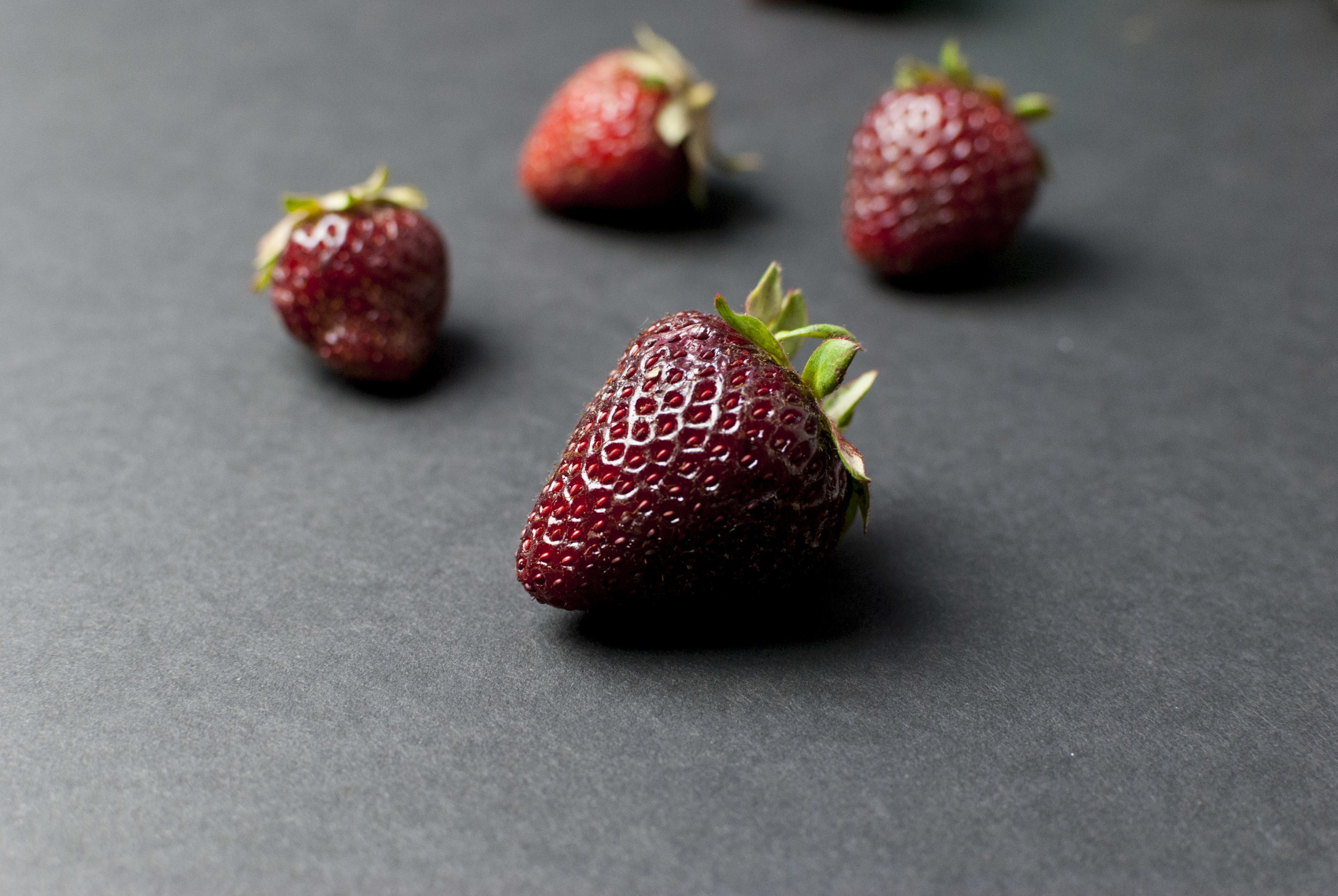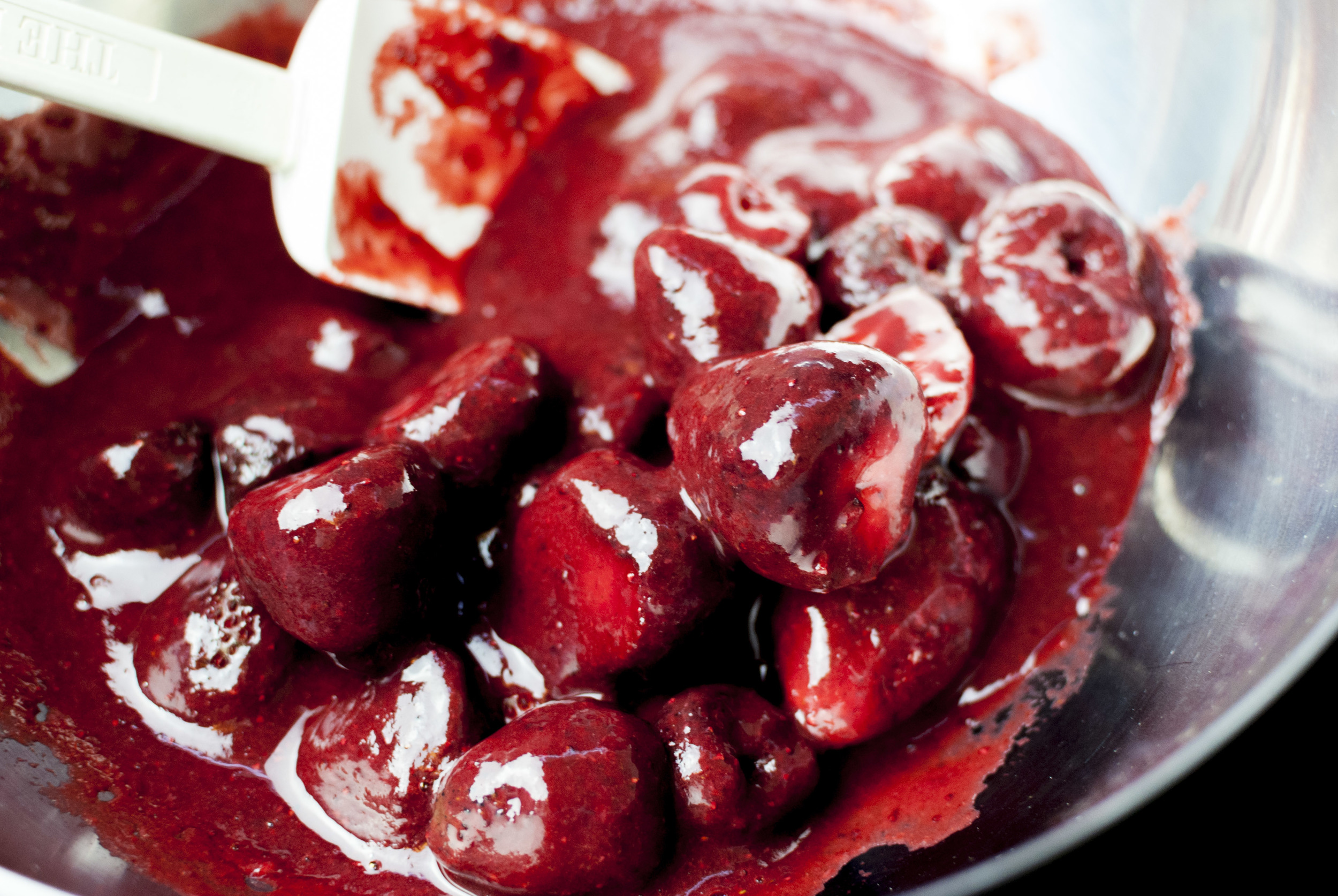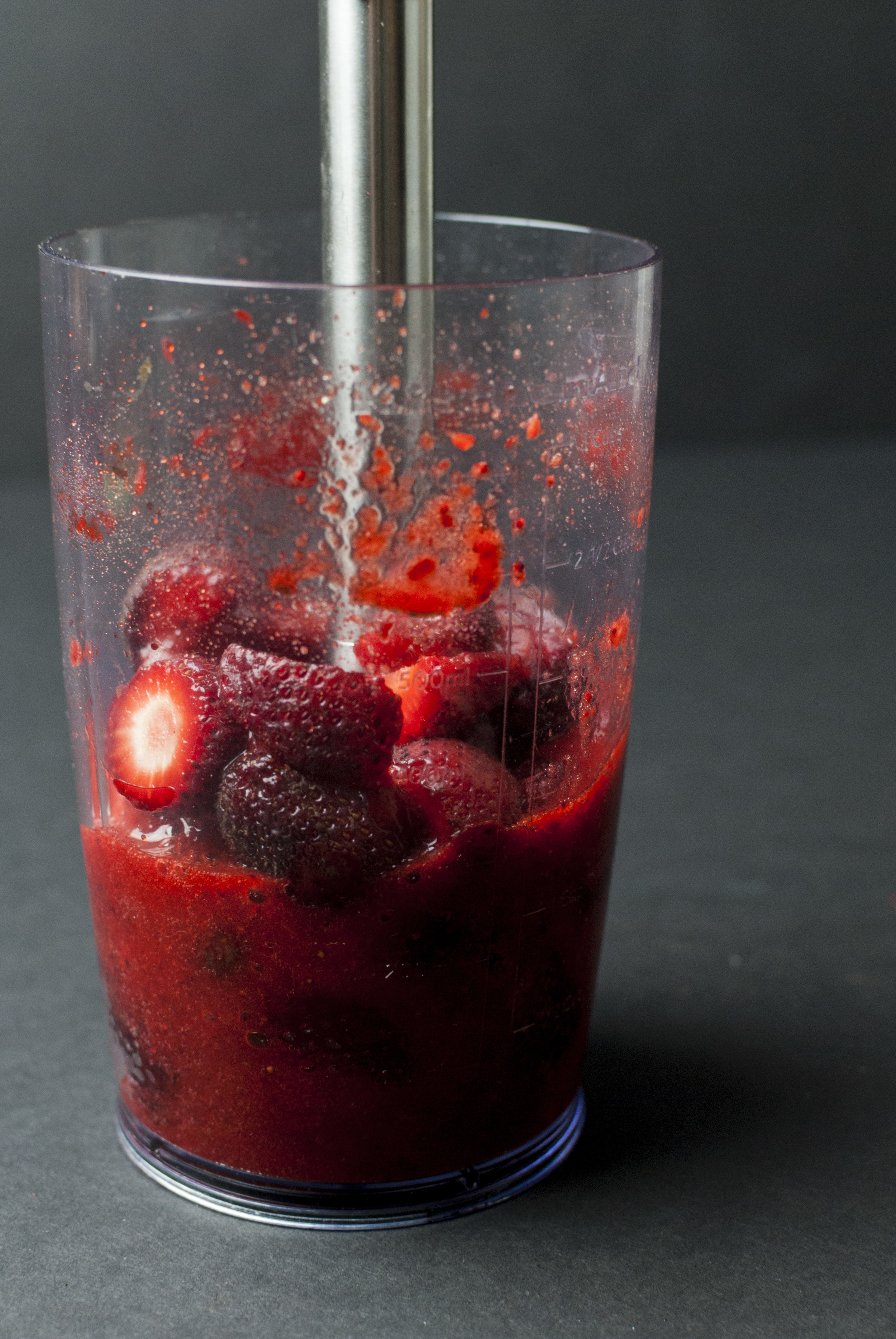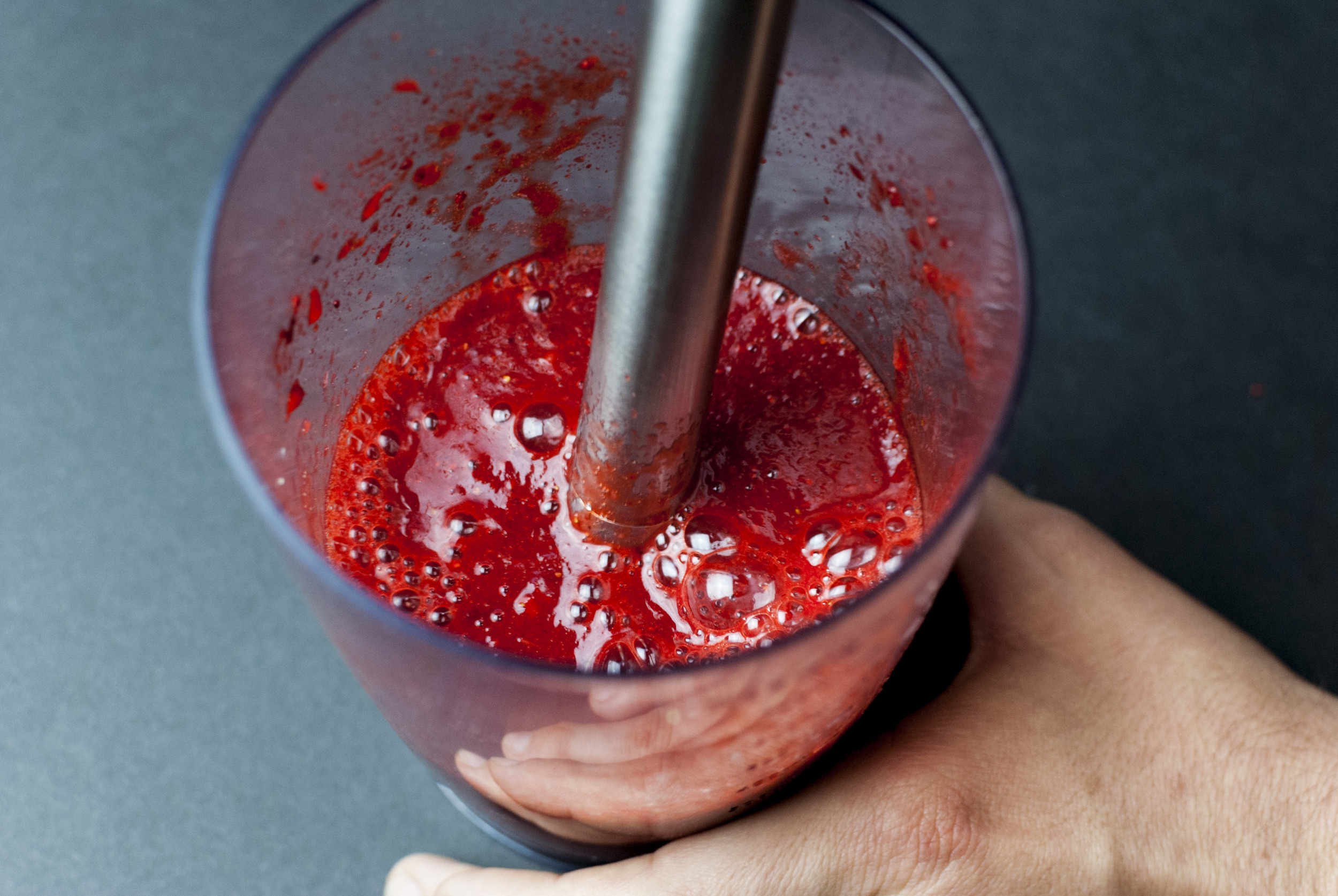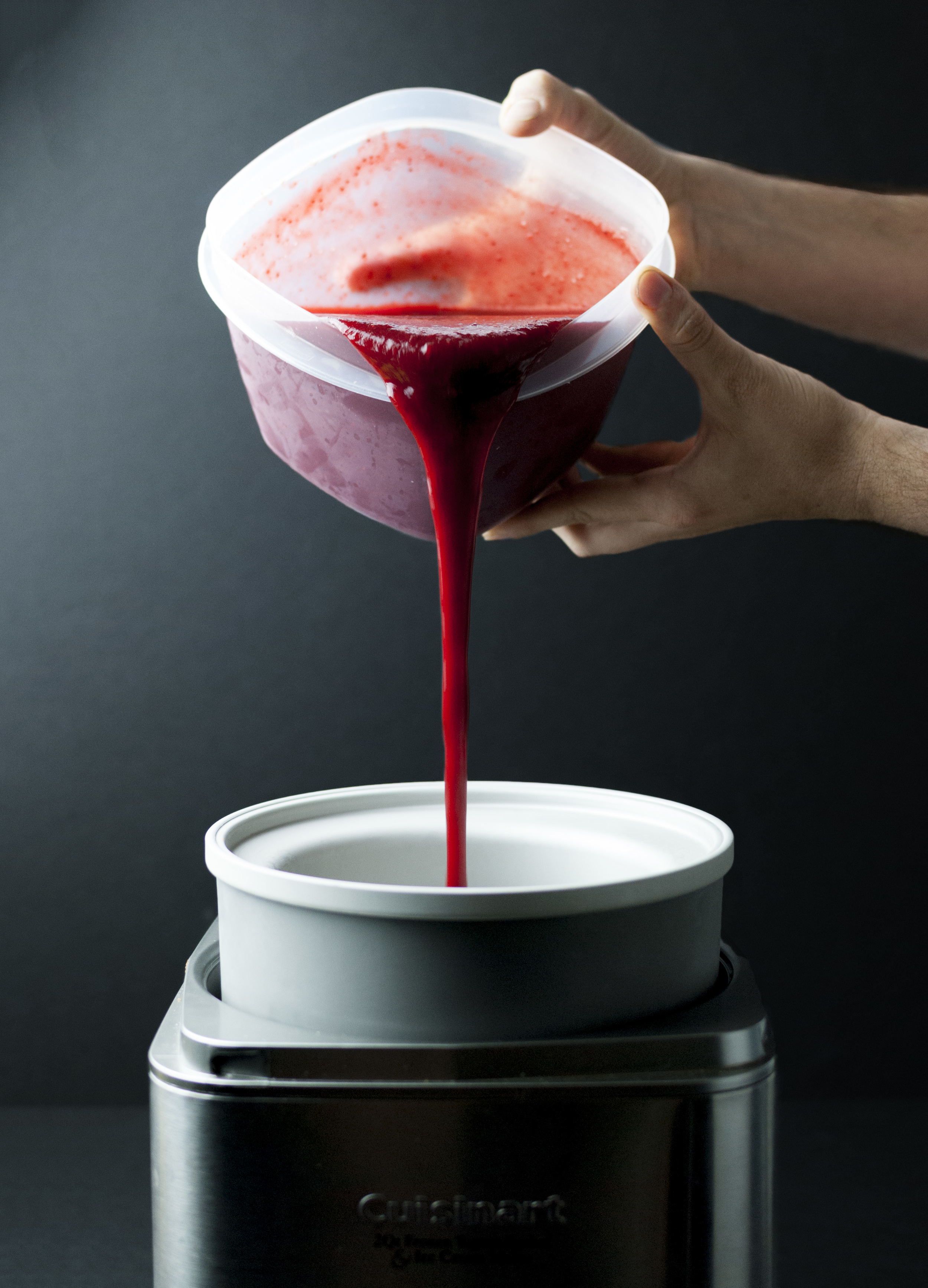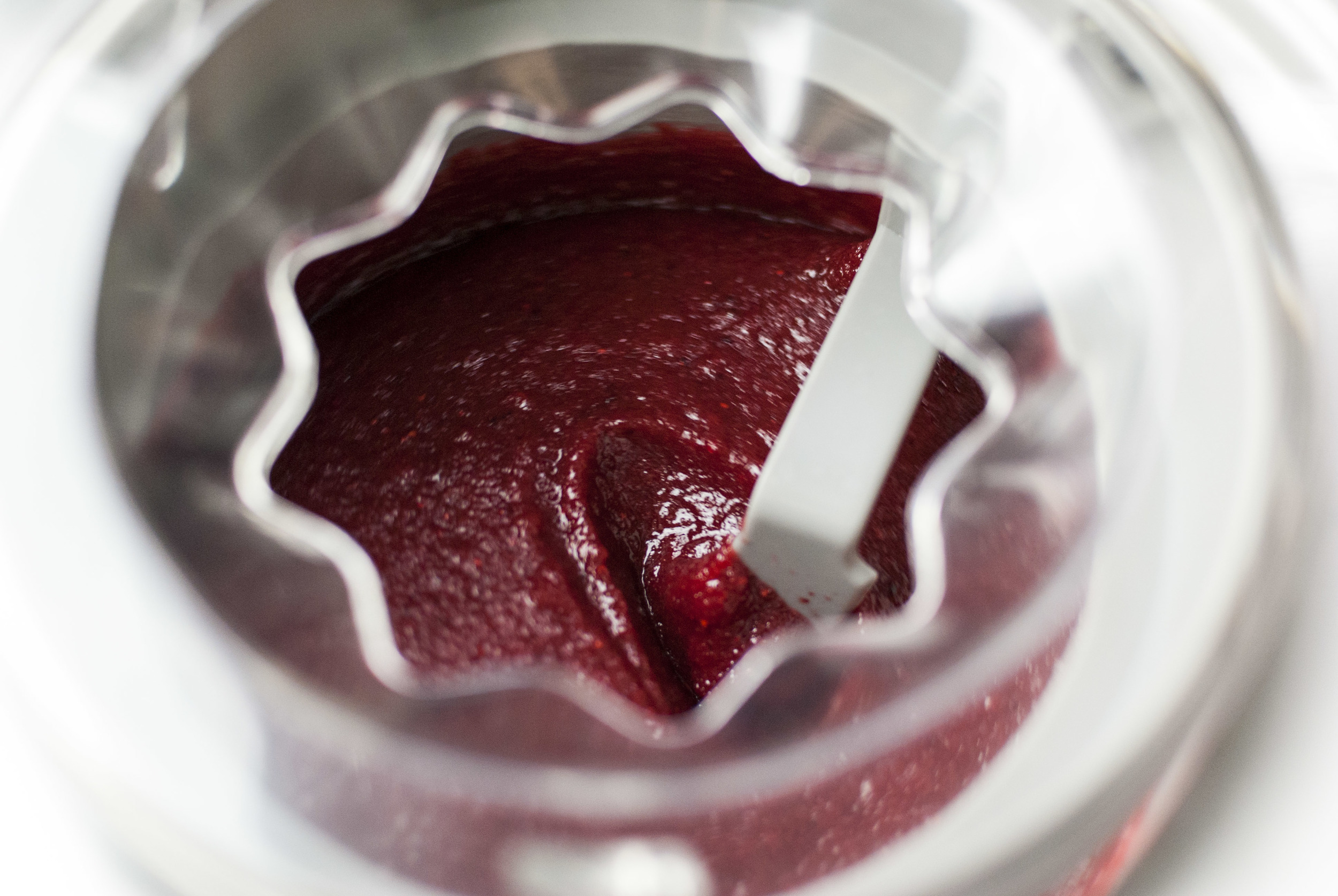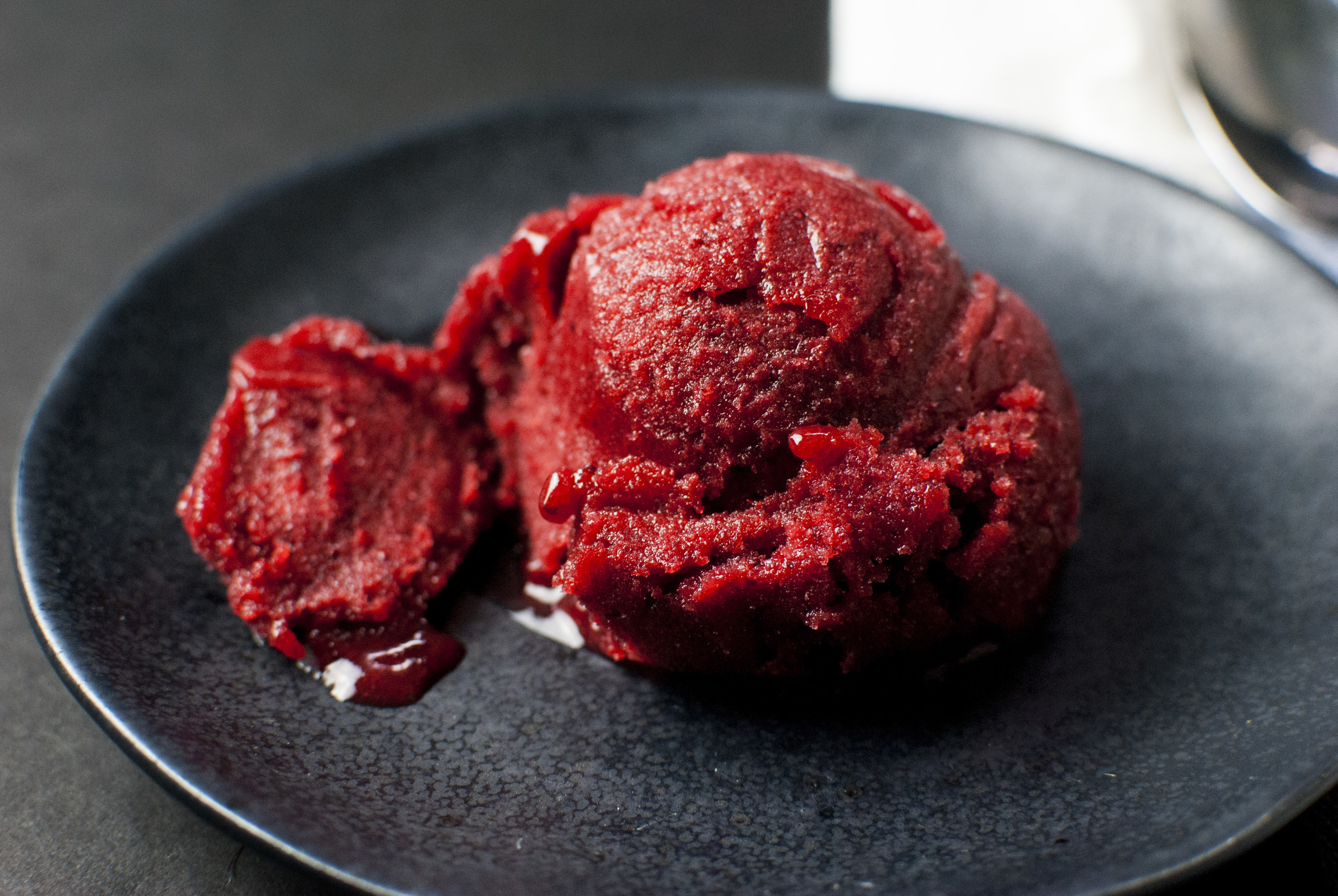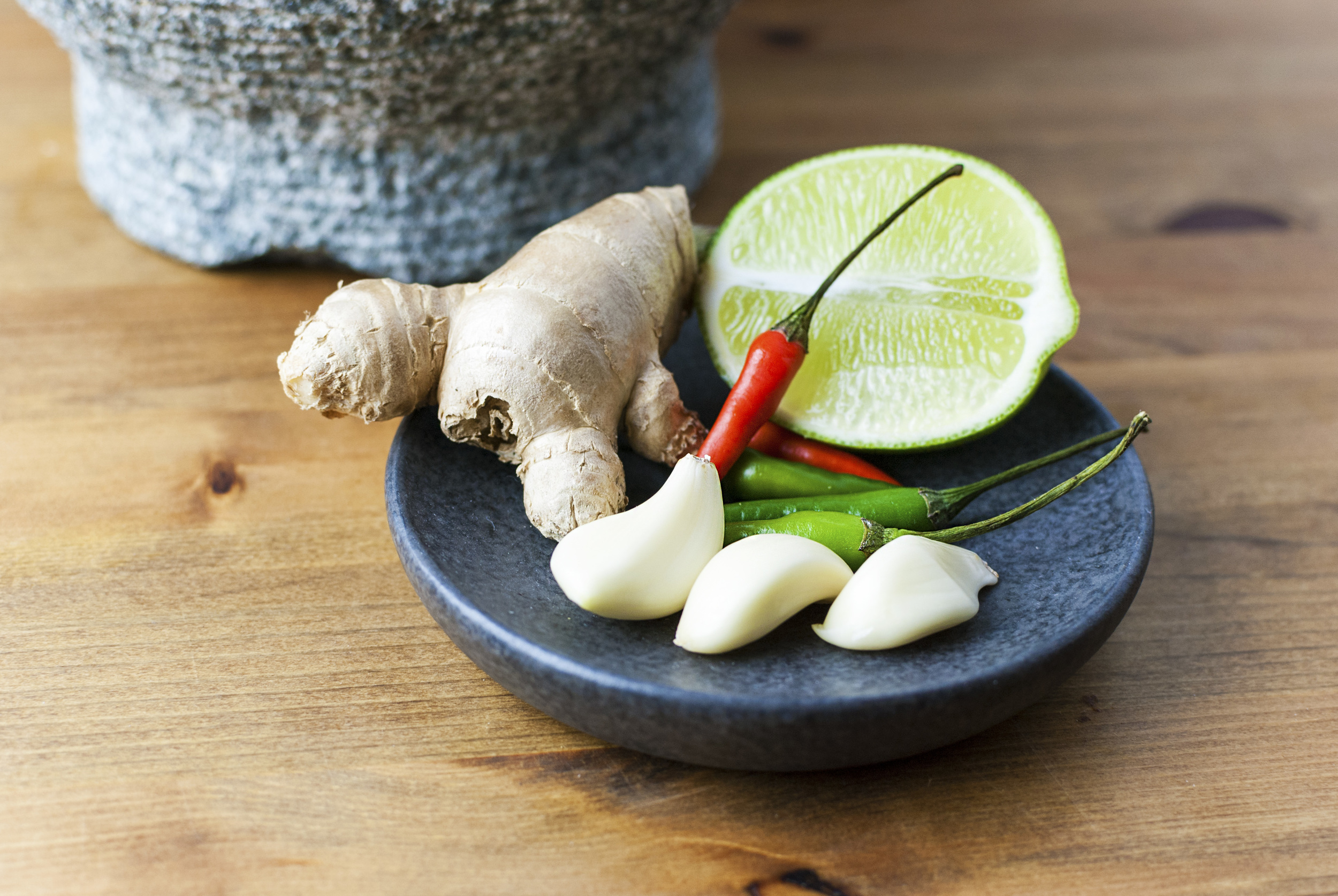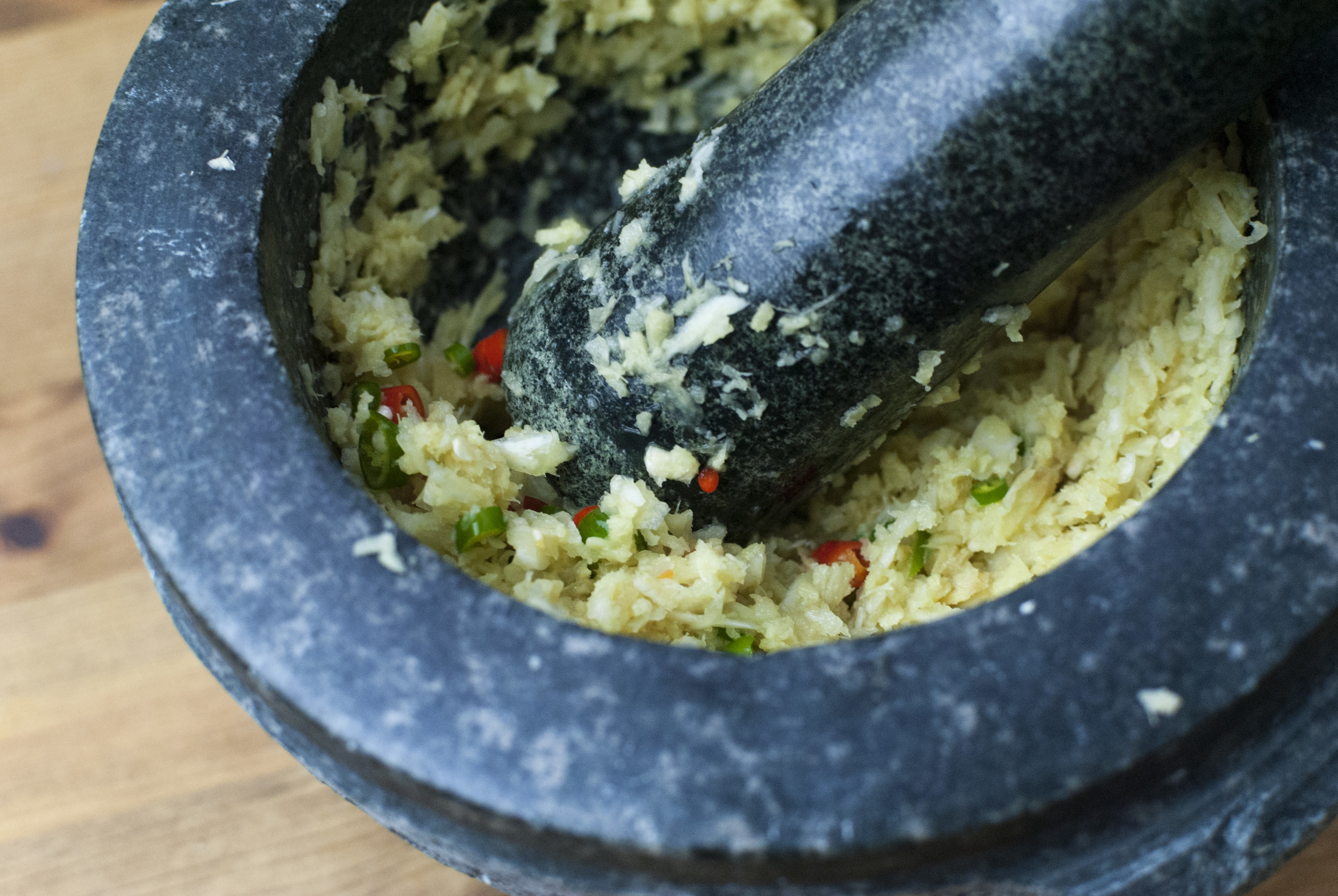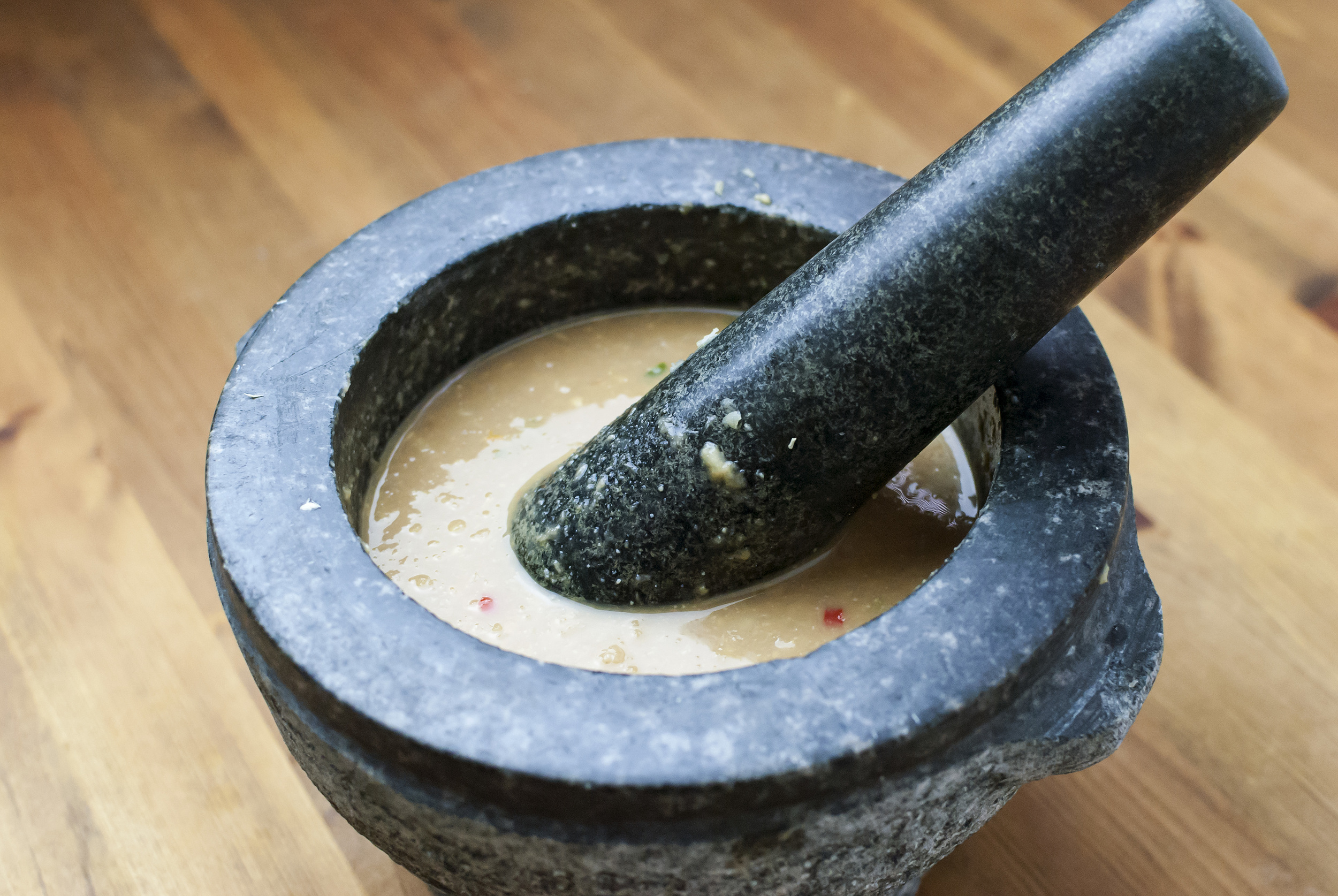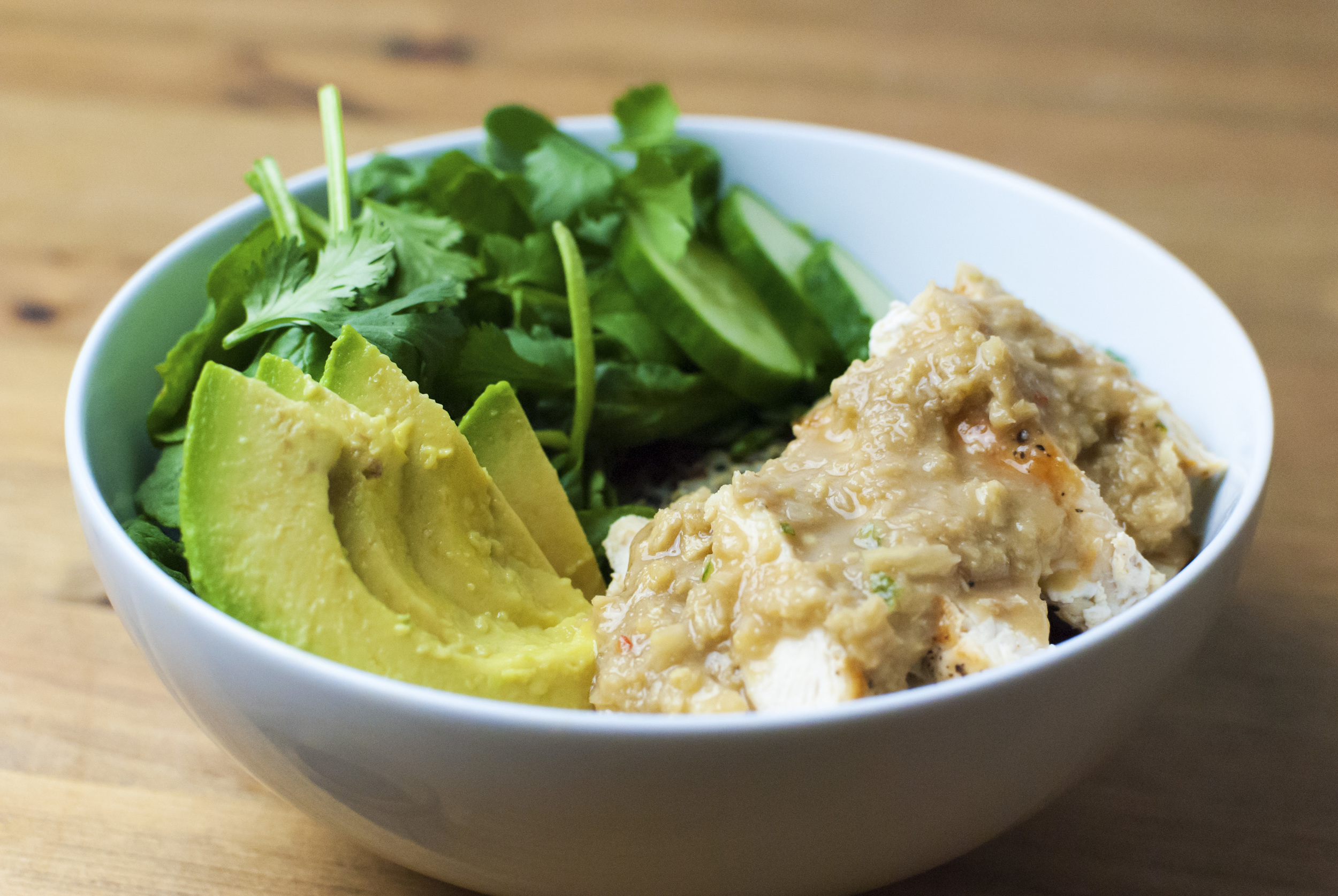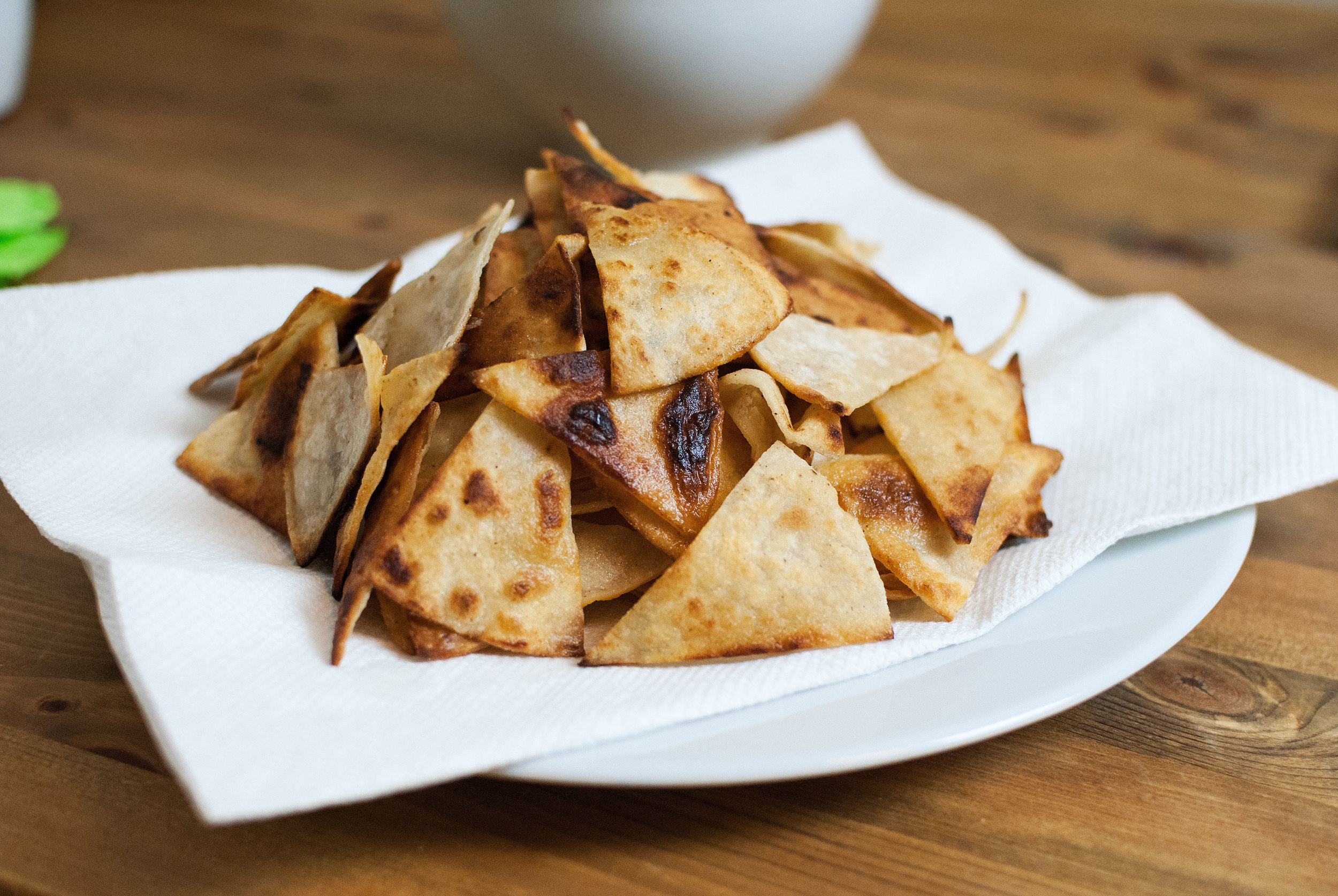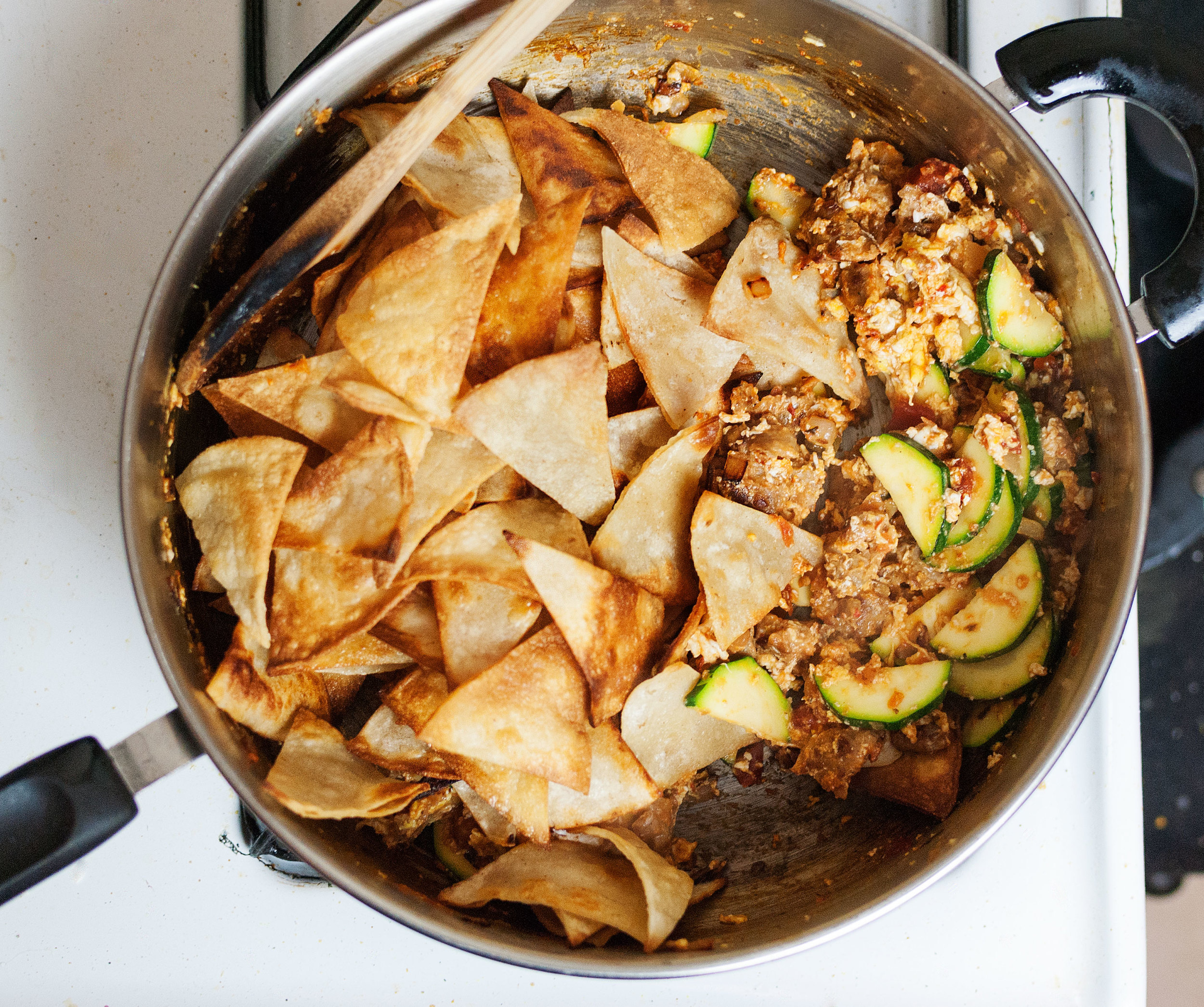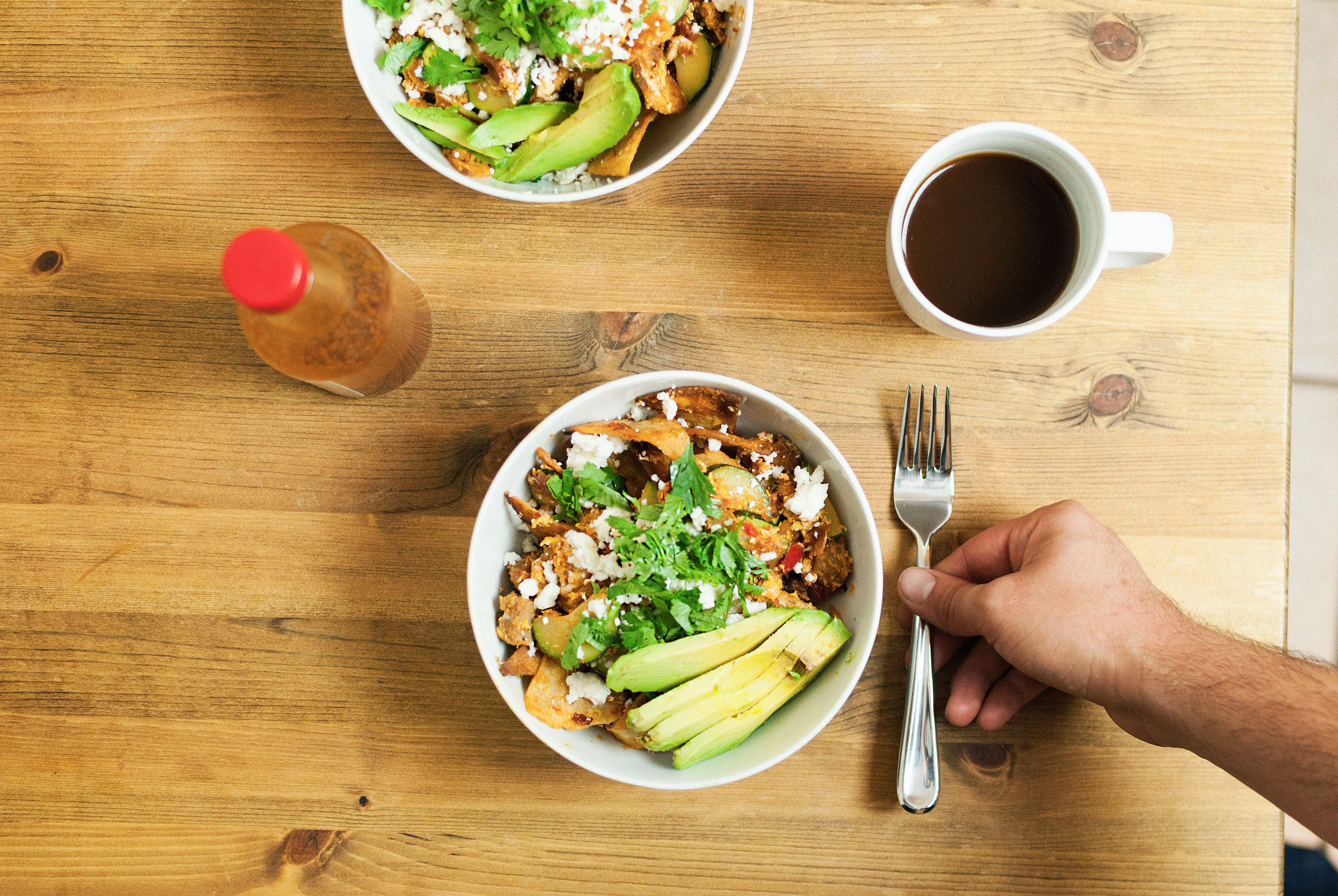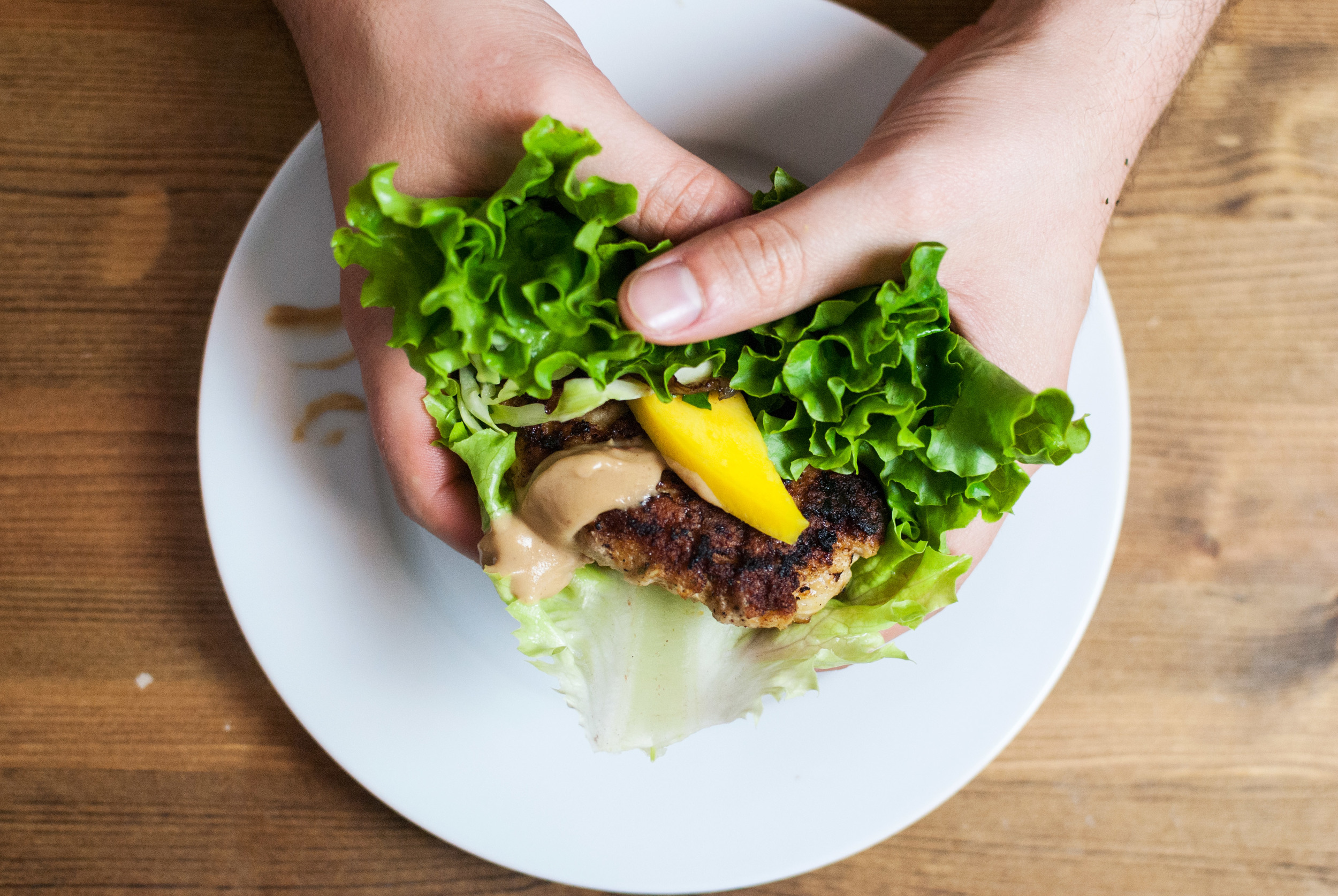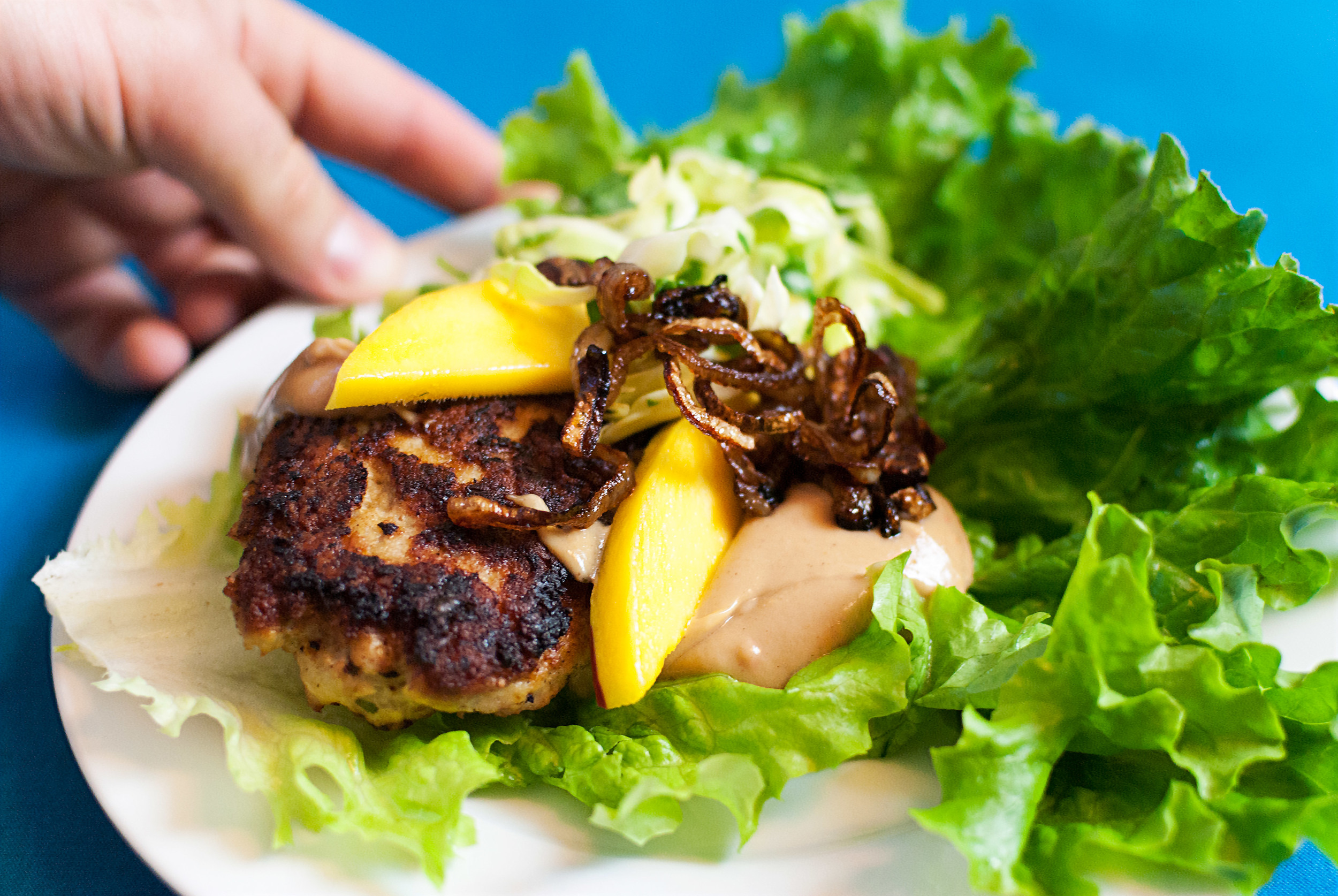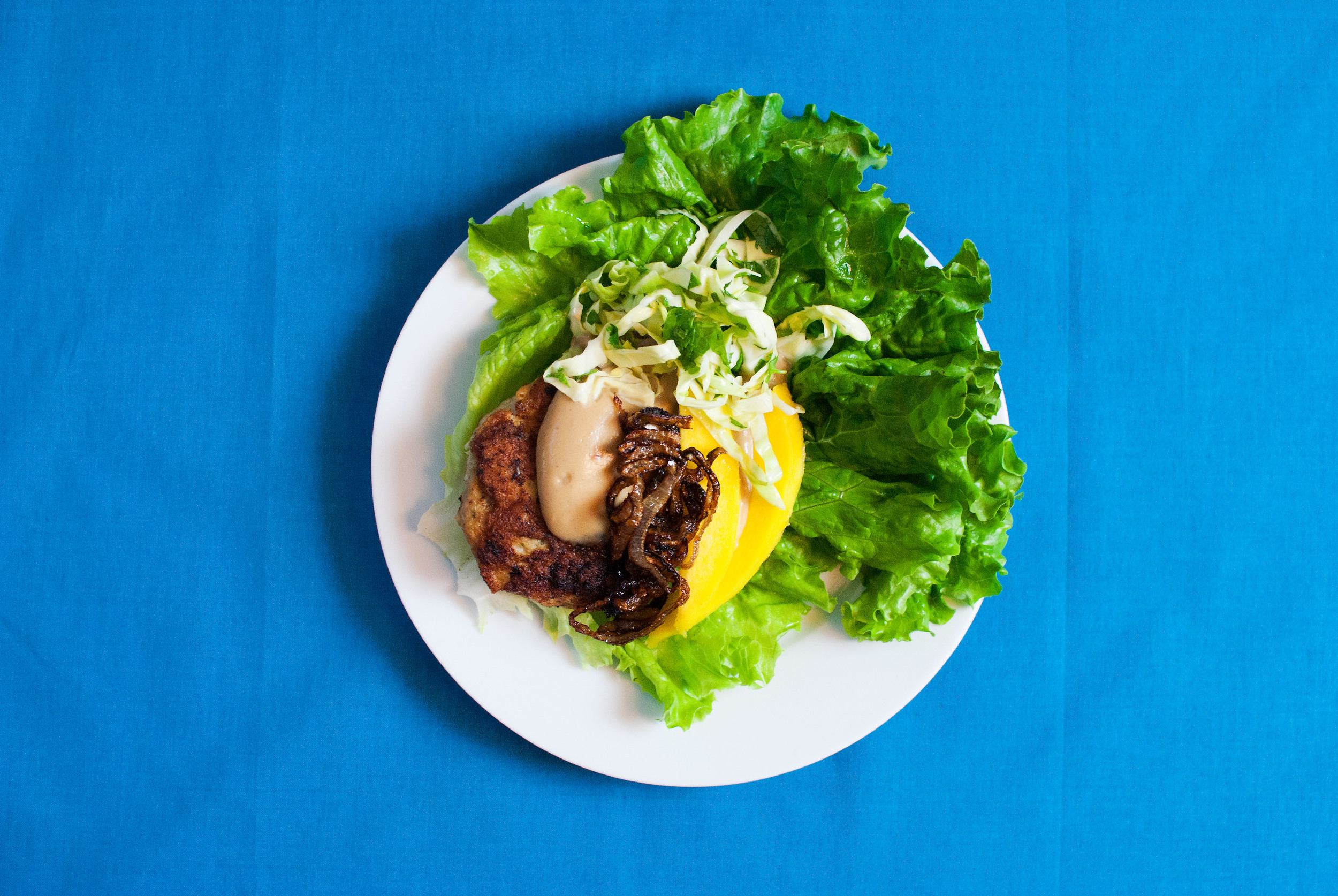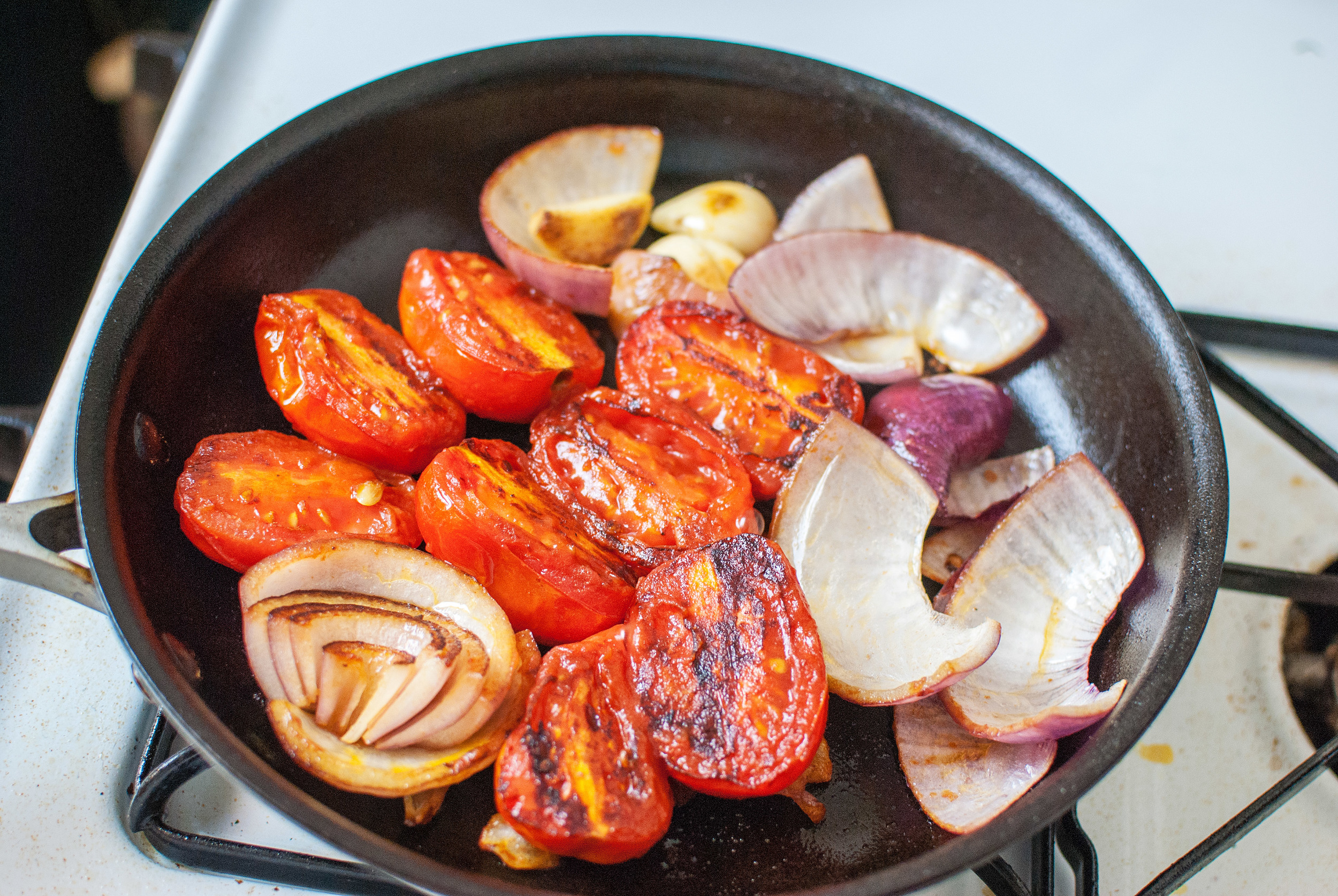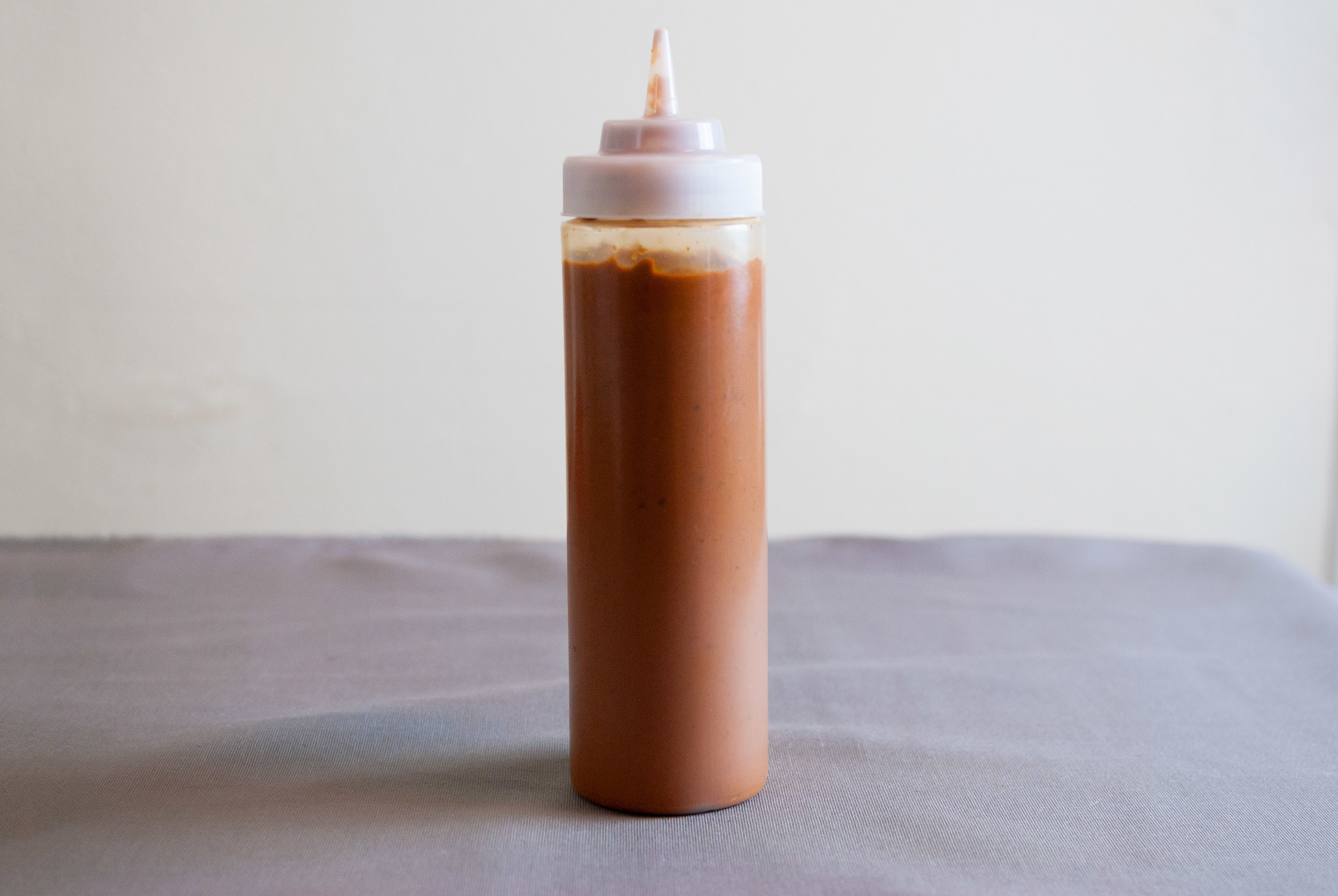It really is a shame that people don’t eat more vegetables. Too often they take the back seat, pushed to the side of the plate only to be overshadowed by protein, and we think that this mentality is problematic. Yes, protein is important, but if that’s all you think about, that’s all you really get. Nothing you decide to eat (or cook, for that matter) deserves to be an afterthought.
This is a case argument for the multi-course meal at home. Not only does it create more of an experience for what you’re about to eat, it shifts the focus of the eater. You aren’t barraged with a bunch of things together on one plate that you’re forced to eat all at once, and often convinced to prioritize. Instead, you take your time, savoring one thing after another. The multi-course meal affects the cook as well. If you’re creating things to be eaten one at a time, then every course needs to be independent and be as delicious as possible. A vegetable dish meant to stand out on its own is far better than a vegetable side that is meant to compliment something else, and that’s exactly what this dish we’ve made does: it stands out.
This salad is really simple, but still possesses many of the primary flavors needed to feel “complete.” While it can certainly be made in a large skillet or frying pan, our favorite method of cooking is actually a wok or a grill. These methods promote a good sear on the broccolini quickly, more easily avoiding the mushy side effects of over cooking. The vibrant and green stalks still have a little bit of a crunch as well as a slightly blistered exterior. You can make this for a group of people easily, but it also makes for a delicious finger food in about five minutes. We like picking up the stalks and eating the florets first that have sopped up the spicy garlic and lemon dressing and finishing with the crunchy stems.
Warm Broccolini Salad:
- 2 bunches broccolini
- 1 teaspoon vegetable oil
- Pinch red pepper flakes
- ¼ teaspoon fennel seeds
- 2 peppercorns
- 1 large clove garlic, peeled
- 1 tablespoon extra virgin olive oil
- 1 tablespoon lemon juice
- Salt to taste
- ¼ cup fresh parsley leaves, packed, roughly chopped, for garnish
- ½ ounce feta cheese, crumbled, for garnish
In a mortar and pestle, pound the red pepper flakes, fennel seeds, and peppercorns until they become a powder. If you don’t have a mortar and pestle, just grind it all up in a spice or coffee grinder. Add the garlic clove to the spices and pound until the mixture becomes paste-like, or just finely chop the garlic and stir together with the spices. Transfer the paste to a small bowl and stir in the olive oil and lemon juice. Add salt to taste then set aside.
Prepare the broccolini for cooking by slicing down the stalks, following the branches of the florets; you want nice long strands of broccolini, so let the natural growth of the stalks guide your knife. Heat a large pan (or wok) on high heat then add the vegetable oil and broccolini quickly, cooking until bright green and a little sear develops on some parts of the florets and stalk, about 2 minutes. Give the broccolini a quick stir/flip and cook for 2 more minutes after adding a teaspoon of water to the pan and putting a lid on the pan. Make sure the broccolini is cooked through, then remove from the pan and transfer to a bowl.
While the broccolini is steaming, add the olive oil and lemon juice mixture as well as the parsley leaves and toss until the broccolini is thoroughly coated in the dressing and herbs, then top with the crumbled feta. Serve immediately.
Serves 2–4.









